A “chronic total occlusion” is a condition in which one or more of the coronary arteries are blocked by a buildup of plaque, limiting the blood flow that reaches your heart. This condition must be treated as early as possible after it is identified, as it poses a serious risk to health and life. At San Diego Cardiac Center, we offer advanced treatments for CTO. The option we choose to treat your case will be based on your overall health and the extent of the blockage.
What to Expect During Treatment?
You may be anxious about your angioplasty or PCO procedure. At San Diego Cardiac Center, we do all we can to help you feel confident about undergoing treatment and will ensure you understand all about the procedure and the recovery, as well as any risks.
The improvements in your quality of life make this procedure extremely valuable, as when blood flow to your heart is restored, you will feel better and avoid many of the risks associated with blocked arteries.
This procedure does not require general anesthesia, but instead only intravenous sedation and topical anesthesia at the access point. You will be administered blood-thinning medication during the treatment. Your blood pressure, oxygen levels, and heart rate will be closely monitored throughout your procedure. The access point for the procedure may be your leg, arm, or wrist. It will be prepared with an antiseptic solution. A very small incision is then placed, and a thin guidewire inserted into the blood vessel, guided by advanced X-ray imaging.
The catheter is then threaded to your artery. Once the catheter is placed, contrast dye is injected so the inside of your blood vessels can be viewed clearly. A small balloon on the end of the catheter is inflated into the blocked area, pressing the plaque against the artery wall to open up the vessel. A stent may or may not be placed based on your condition. If you have more than one blockage, the procedure is repeated until all blockages are treated.


